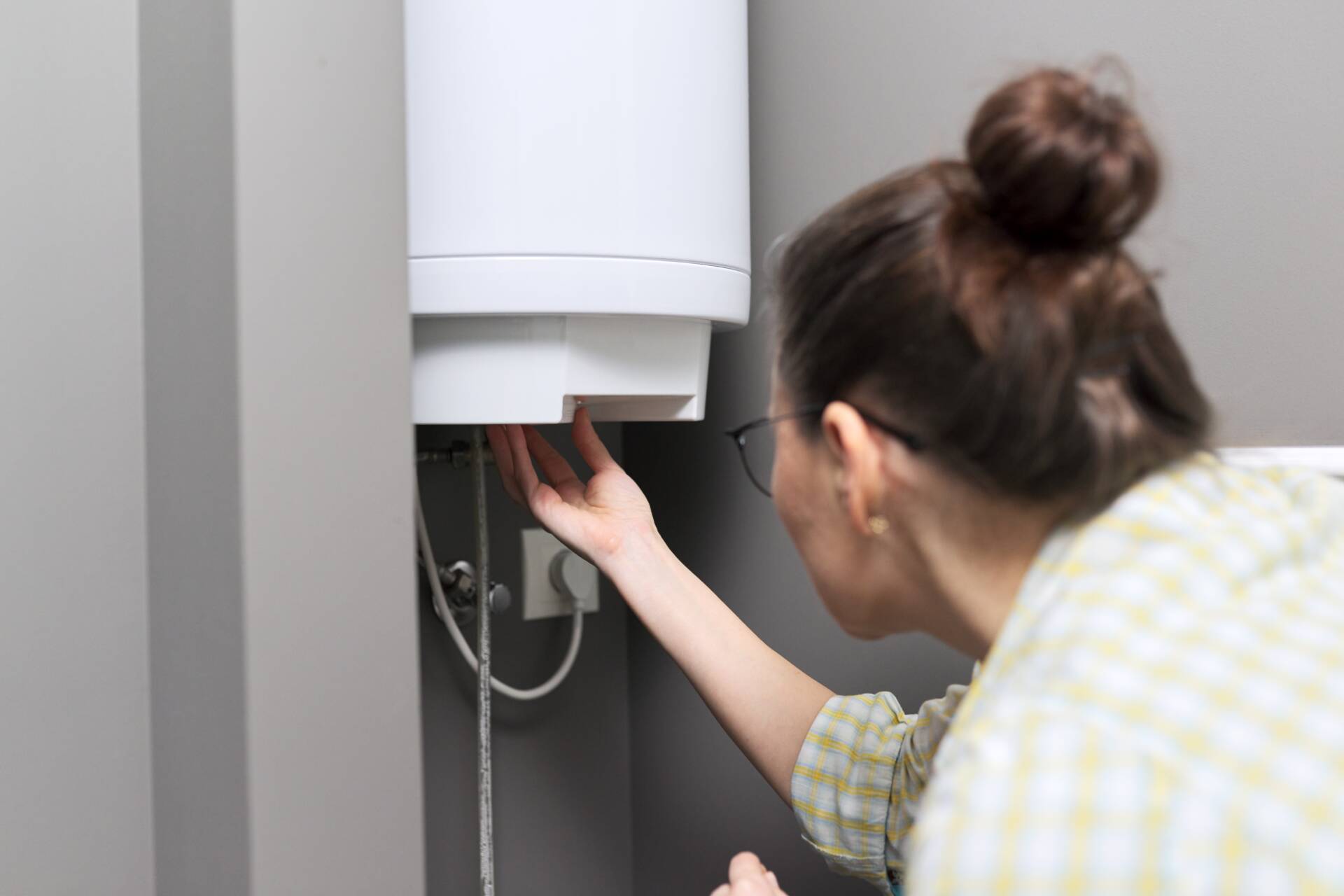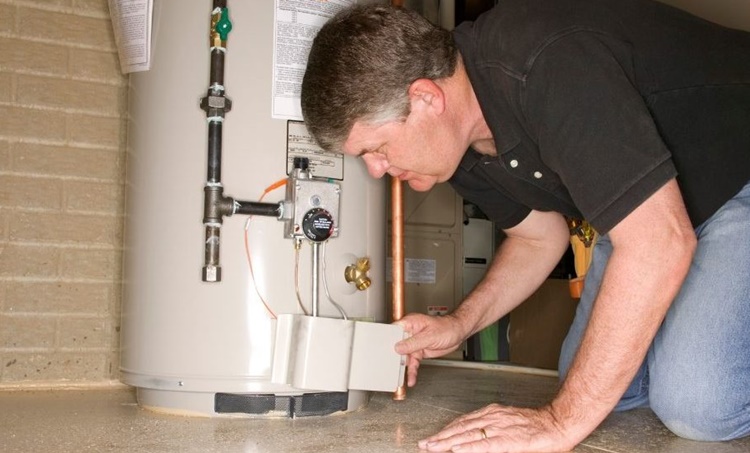Just about every person seems to have their private notions in relation to Water Heater Maintenance Tips You Can't Afford to Forget.

Warm water is essential for day-to-day comfort, whether it's for a revitalizing shower or cleaning dishes. To guarantee your hot water system runs successfully and lasts longer, routine upkeep is essential. This post gives functional tips and understandings on how to keep your home's hot water system to stay clear of disruptions and pricey fixings.
Intro
Preserving your home's warm water system may appear difficult, however with a couple of easy actions, you can guarantee it operates efficiently for years to find. This overview covers everything from recognizing your hot water system to do it yourself maintenance pointers and understanding when to hire specialist aid.
Significance of Preserving Your Hot Water System
Routine maintenance not just expands the life-span of your hot water system but also ensures it runs successfully. Disregarding upkeep can cause lowered effectiveness, greater power costs, and also early failing of the system.
Indicators Your Hot Water System Demands Upkeep
Understanding when your warm water system requires focus can protect against significant problems. Watch out for indicators such as inconsistent water temperature, odd sounds from the heating system, or rusty water.
Comprehending Your Warm Water System
Before diving right into upkeep jobs, it's helpful to understand the fundamental elements of your warm water system. Typically, this consists of the hot water heater itself, pipelines, anode poles, and temperature controls.
Monthly Maintenance Tasks
Routine regular monthly checks can aid capture small issues before they escalate.
Flushing the Water Heater
Flushing your hot water heater eliminates sediment build-up, enhancing effectiveness and lengthening its life.
Checking and Replacing Anode Rods
Anode rods stop rust inside the storage tank. Checking and changing them when broken is critical.
Evaluating and Readjusting Temperature Level Setups
Readjusting the temperature level setups guarantees optimum efficiency and safety and security.
Do It Yourself Tips for Upkeep
You can do a number of upkeep tasks yourself to maintain your warm water system in top problem.
Looking for Leaks
Routinely evaluate pipes and connections for leaks, as these can bring about water damages and greater bills.
Testing Pressure Relief Valves
Examining the pressure safety valve ensures it functions appropriately and prevents too much stress buildup.
Shielding Pipes
Insulating warm water pipes lowers warmth loss and can conserve energy.
When to Call a Professional
While do it yourself upkeep is useful, some issues require specialist knowledge.
Facility Concerns Needing Professional Assistance
Instances consist of major leaks, electrical troubles, or if your hot water heater is regularly underperforming.
Regular Specialist Maintenance Benefits
Expert maintenance can consist of extensive examinations, tune-ups, and guaranteeing compliance with safety and security requirements.
Verdict
Routine maintenance of your home's warm water system is vital for efficiency, durability, and cost financial savings. By complying with these pointers and understanding when to look for professional aid, you can ensure a reputable supply of warm water without unanticipated disturbances.
Water Heater Maintenance: The Basics
Maintaining your water heater will ensure it operates efficiently and has a longer lifespan. Neglecting regular maintenance can lead to costly repairs and an even bigger chunk of your savings if you have to replace it sooner than necessary. But there’s good news: Most water heater maintenance tasks are relatively simple and easy for homeowners with basic DIY skills.
Flush the Water Heater
Over time, sediment and minerals can build up in the tank, reducing its efficiency and potentially causing damage. To flush the tank, turn off the power or gas supply, attach a hose to the drain valve near the bottom and open the valve to drain the water until it runs clear. Ideally, flush the tank annually.
Replace the Anode Rod
The anode rod is a sacrificial metal rod that helps prevent corrosion inside the tank. Inspect and replace it every three to five years or per the manufacturer's recommendation. To replace the anode rod, turn off the power or gas supply, drain a few gallons of water from the tank, unscrew the old rod and replace it with a new one. If the anode rod is significantly corroded or covered in calcium buildup, it's a sign the water heater may need to be replaced soon.
Tune-Up
A yearly tune-up can help identify potential issues and ensure your water heater operates at peak efficiency. This typically involves checking the thermostat, burner assembly (for gas heaters) and any other components specified by the manufacturer. During a tune-up, the technician may also clean the burner and adjust the pilot light (for gas heaters) or examine the heating elements (for electric heaters).
How to Maintain Your Water Heater
Insulate the tank. Insulating the tank can improve energy efficiency and reduce heat loss, saving you money on energy bills. You can purchase precut insulation blankets designed specifically for water heaters or use standard fiberglass insulation wrapped securely around the tank. Check the temperature. The recommended water temperature for most households is around 120 degrees Fahrenheit (49 degrees Celsius). Higher temperatures can increase energy costs and potentially cause scalding. Use a kitchen thermometer to check the temperature at the faucet nearest the water heater. Monitor water pressure. Excessive water pressure can strain the water heater and cause leaks or even tank failure. Install a pressure-reducing valve if necessary. The ideal water pressure range is between 60 and 70 PSI (pounds per square inch). Test the temperature and pressure (T&P) relief valve. The T&P relief valve is a safety feature that releases pressure if the tank gets too hot or the pressure builds up too high. Test it annually by lifting the lever and allowing a small amount of water to release. Replace the valve if it doesn't release water or reseal properly. Check for leaks. Regularly inspect the tank, pipes and fittings for leaks or corrosion. Deal with issues promptly to prevent further damage. Even a small leak can lead to significant water damage over time. Consider a tankless water heater. If your traditional tank-style water heater is nearing the end of its lifespan ( typically 10 years), consider replacing it with a tankless water heater. These units heat water on demand, reducing standby energy losses and potentially saving you money on your energy bills. Schedule professional maintenance. While homeowners can perform many water heater maintenance tasks, it's still a good idea to schedule professional maintenance every few years. A plumber or HVAC technician can thoroughly inspect the unit, identify potential issues and ensure it operates safely and efficiently. https://www.homeserve.com/en-us/blog/home-improvement/hot-water-heater-maintanence/

We had been made aware of that article about Tips For Maintaining Your Hot Water Heater from a friend on a different web blog. Liked our post? Please quickly share it. Let others find it. I thank you for reading our article about Tips on Maintaining a Water Heater.
Schedule Now